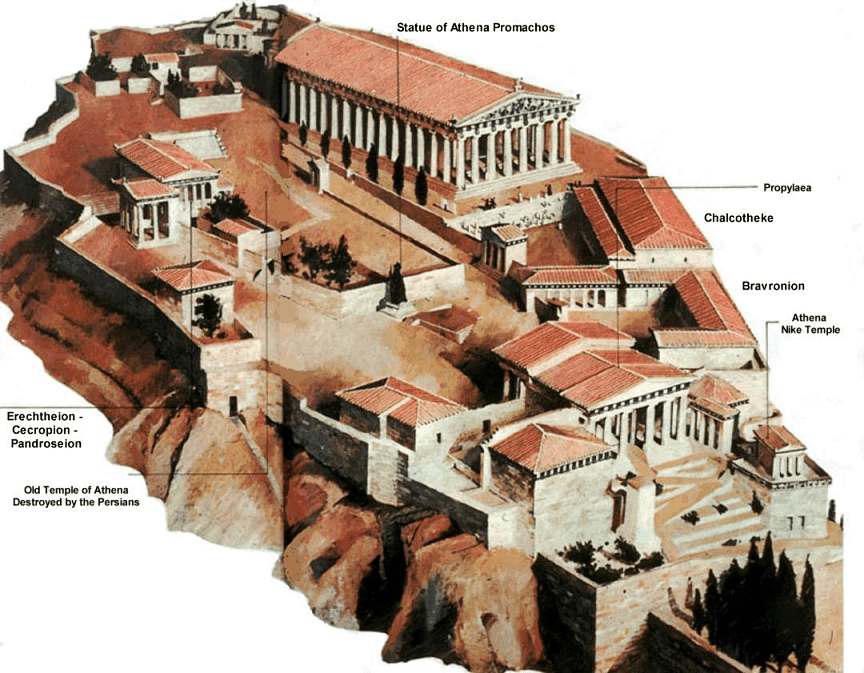
Scale informs us about what is important in architecture. The scale of the pyramids and Grecian temples was far superior to the scale of any other building forms of both ancient time periods. Scale is just as important today. The size of the U.S. capital is reminiscent of a Grecian temple sitting up on the hill side. The U.S. Capital is raised on a hill and is capped with it's magnificent dome. Although Grecian temples did not have domes they were quite massive and their columns reached towards the heavens. Pyramids were also massive and are still a mystery in their built form in how the Egyptians were able to build such masterpieces. The scale of the pyramids shows the importance of religion and the afterlife to the people of Egypt. Scale plays a significant role in the built environment allowing the viewer to understand what is important to that culture that makes up that environment.

Unity exists in architecture when all of it's parts come together to form a cohesive and concise whole. The Greeks achieved unity in their architecture in that they built into the land and their buildings were unified with their surroundings. The theater at Epidauros was built in the 4th century B.C. and is an example of architecture unifying itself witht the land. It is built into the mountain side and because it was built upwards in semicircular form the acoustics are actually quite advanced.


Sections allow us to look at an artifact or building in detail to where we can see how it was made and to better understand its working parts. Sections are a part of the whole and one will look at a building differently as a whole after seeing a section of it. One building type that is mysterious on the outside and just as enigmatic on the inside is the pyramid form from ancient Egypt. The outside doesn't give you many clues to what is happening on the inside, the entrance is purposefully hidden. Once you enter the pyramid, if you can get that far, there are many long series of mazes and passageways. Only a one or two of these passageways actually lead to something, the others are dead ends. Along the way one will encounter traps and it can be very dangerous. How do we today in 2009 know so much about pyramids? Well, I take historians and archeologists word that this is how they were built. But the most appealing piece of evidence is visual. A section of a pyramid shows the chambers and layout of the tomb. The ancient pyramids are quite complex on the inside and it shows the Egyptian's great emphasis on keeping a ruler's body sacred and out of harms way. This was done obviously for ethical reasons but mainly for religious purposes because Egyptians believed that they could preserve and use their bodies and their property (including slaves and wives) in the afterlife. The pyramid form speaks volumes about the beliefs of the Egyptians and how far they would go to protect the dead.

A Vignette is a glimpse into a moment in time. It is a drawing or illustration that fades off at the edges and is not a 'complete' drawing. Vignettes tell a story by placing certain images together and by making those images the center of the vignette and the less important parts fading off the edge. It is a less formal style of drawing and it brings character to an illustration. One could say that the boundaries are implied and there is not a complete sense of unity but it is more of a detailed moment.
Overall this week has been about understanding how to approach design from different points of view. One must define the boundaries of a design project. The scale of a piece of architecture is very important because it defines the importance and the usage of the building. A building has unity when all of its parts such as scale, detail, structure, and space work together. A vignette and a section of a building or artifact takes a look at the piece of architecture usually after it is erected. The vignette and section are the detailed moments of the piece and these are just as important as the whole.


No comments:
Post a Comment